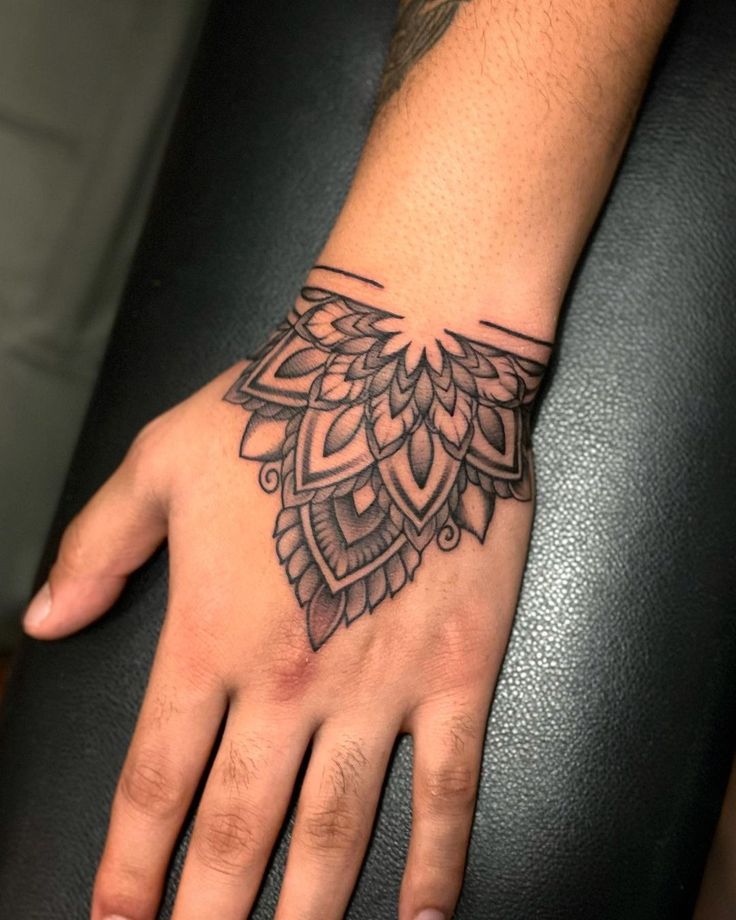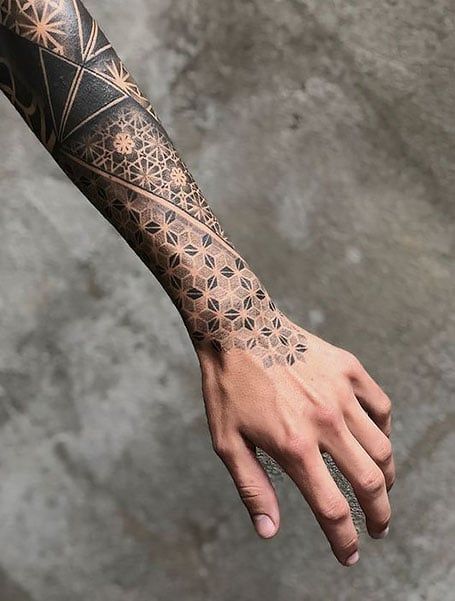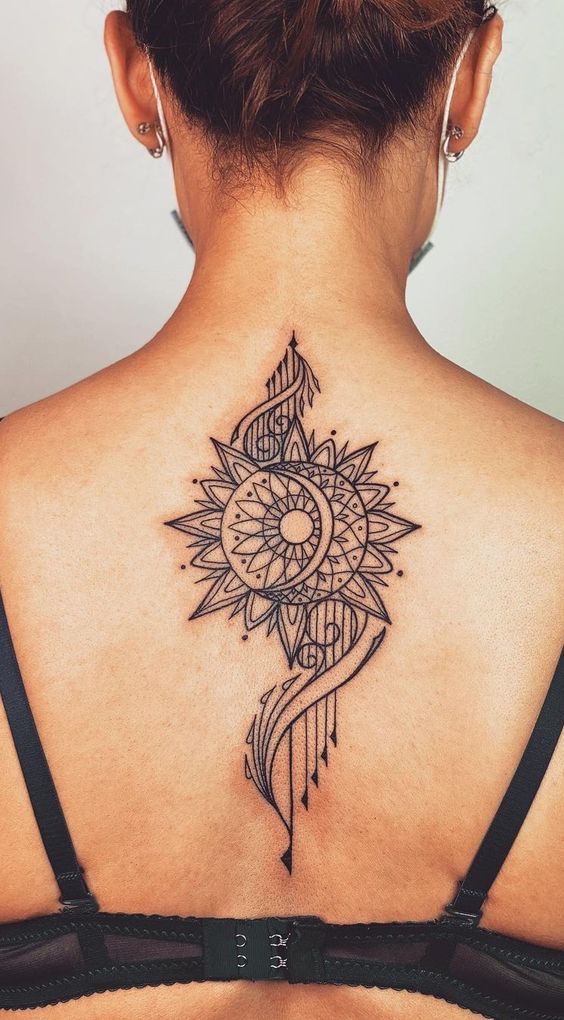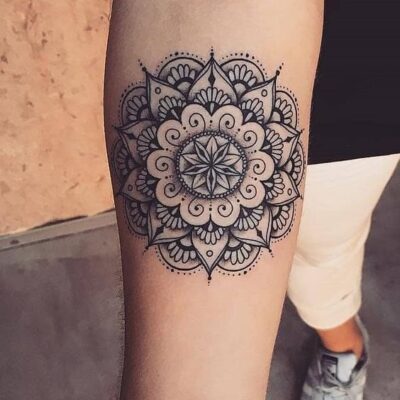









All image credit: Pinterest
Mandala Tattoo: Tattoos have long operated as a form of self-expression, allowing people to communicate their beliefs, experiences, and personality through ink on their skin. Among the myriad of tattoo designs, mandala tattoos have acquired considerable popularity for their complex patterns, spiritual importance, and aesthetic charm.
In this article, we will talk about the world of mandala tattoos, examining their origins, symbolism, and the irresistible charm that makes them a timeless option for body art.
Also See:
- Lotus Tattoo Designs.
- Spiritual Tattoo.
- Above Knee Tattoo.
- Red Tattoo.
- Peacock Tattoo- Meaning and Images.
Origin of Mandalas
The term “mandala” finds its roots in Sanskrit, where it translates to “circle.” Mandalas have been used for centuries in different cultures, including Hinduism, Buddhism, and Native American traditions. These geometric designs represent the universe, unity, and the cyclical nature of life. Mandalas are usually created in a circular shape, symbolizing the endless and interconnectedness of all things.
Symbolism of Mandala Tattoos
Mandala tattoos hold rich symbolism, and the precise meanings can differ based on cultural and personal interpretations. However, some common themes include:
Spiritual Harmony: Mandalas are usually connected with spiritual growth, balance, and harmony. The concentric circles and complex patterns represent the journey toward enlightenment and self-discovery.
Unity and Wholeness: The circular nature of mandalas symbolizes unity and the cyclical nature of life. They symbolize the idea that everything is connected and that life is a constant, growing cycle.
Personal Transformation: Mandalas can also be seen as a representation of personal transformation. The complex details within the design may reflect the complexity of one’s experiences and personal growth.
Protection and Spiritual Guidance: In some cultures, mandalas are considered to provide spiritual protection. Many people choose mandala tattoos as a form of spiritual direction or to bring positive energy into their lives.
Aesthetic Appeal
Beyond their deep symbolism, mandala tattoos are celebrated for their aesthetic appeal. Tattoo artists usually use fine lines, intricate details, and precise shading to create visually stunning designs. The symmetry and balance innate in mandalas make them visually striking, whether they are small and delicate or large and complicated.
Placement and Size
Mandala tattoos can be adjusted to fit different body placements and sizes. They are adaptable enough to be inked on various parts of the body, such as the forearm, back, shoulder, or ankle. Some people choose for small mandalas as subtle tattoos, while others choose larger, more intricate designs for a more aggressive statement.
Choosing a Design
When choosing a mandala tattoo design, people usually customize the patterns, colors, and elements to make the tattoo unique to them. Tattoo artists may cooperate with clients to include personal symbols or elements into the mandala, adding an extra layer of meaning and identity.
At The End
Mandala tattoos continue to delight tattoo enthusiasts worldwide, delivering a blend of spiritual depth and aesthetic beauty. Whether you are drawn to the symbolism of unity and change or simply appreciate the visual appeal of intricate designs, a mandala tattoo can be a meaningful and timeless addition to your body art collection.
Before getting inked, take the time to explore reputable tattoo artists who specialize in mandala designs, guaranteeing that your chosen artist can bring your vision to life with accuracy and skill.








